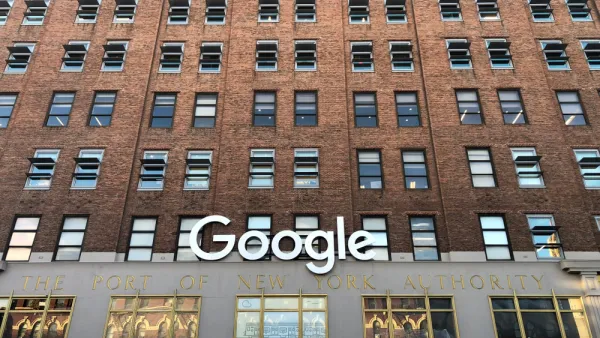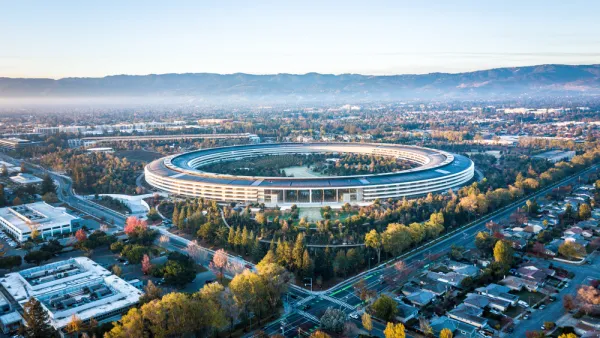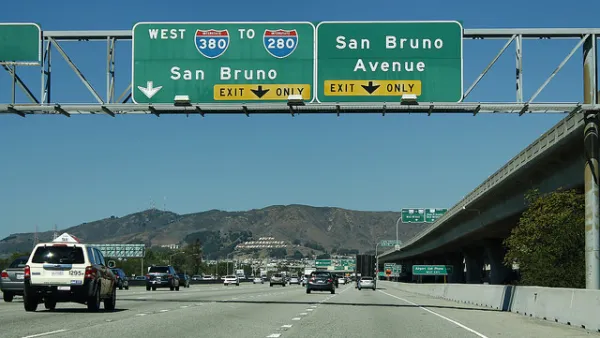In the first article of a series exploring how the physical structures that support the explosion in digital information are effecting the environment, James Glanz examines the wasteful manner in which technology companies consume energy.
The amount of energy needed to maintain the data centers supporting today's digital technology is staggering, writes Glanz. Individual data centers can burn enough energy to run a medium-size town and air quality violations have been stacking up in states with major data centers like Virginia and Illinois.
"Worldwide, the digital warehouses use about 30 billion watts of electricity, roughly equivalent to the output of 30 nuclear power plants, according to estimates industry experts compiled for The Times. Data centers in the United States account for one-quarter to one-third of that load, the estimates show."
According to Glanz, "[t]he inefficient use of power is largely driven by a symbiotic relationship between users who demand an instantaneous response to the click of a mouse and companies that put their business at risk if they fail to meet that expectation."
Should these unsustainable practices continue unchanged, warns Glanz, serious consequences could be in store for the industry. "It's just not sustainable," said Mark Bramfitt, a former utility executive who now consults for the power and information technology industries. "They're going to hit a brick wall."
Glanz's series has already attracted a great deal of debate on the Internet (no doubt using unimaginable amounts of electricity). Philip Bump at Grist has compiled a number of the responses.
Thanks to Emily Williams
FULL STORY: Power, Pollution and the Internet

National Parks Layoffs Will Cause Communities to Lose Billions
Thousands of essential park workers were laid off this week, just before the busy spring break season.

Retro-silient?: America’s First “Eco-burb,” The Woodlands Turns 50
A master-planned community north of Houston offers lessons on green infrastructure and resilient design, but falls short of its founder’s lofty affordability and walkability goals.

Delivering for America Plan Will Downgrade Mail Service in at Least 49.5 Percent of Zip Codes
Republican and Democrat lawmakers criticize the plan for its disproportionate negative impact on rural communities.

Test News Post 1
This is a summary

Test News Headline 46
Test for the image on the front page.

Balancing Bombs and Butterflies: How the National Guard Protects a Rare Species
The National Guard at Fort Indiantown Gap uses GIS technology and land management strategies to balance military training with conservation efforts, ensuring the survival of the rare eastern regal fritillary butterfly.
Urban Design for Planners 1: Software Tools
This six-course series explores essential urban design concepts using open source software and equips planners with the tools they need to participate fully in the urban design process.
Planning for Universal Design
Learn the tools for implementing Universal Design in planning regulations.
EMC Planning Group, Inc.
Planetizen
Planetizen
Mpact (formerly Rail~Volution)
Great Falls Development Authority, Inc.
HUDs Office of Policy Development and Research
NYU Wagner Graduate School of Public Service





























